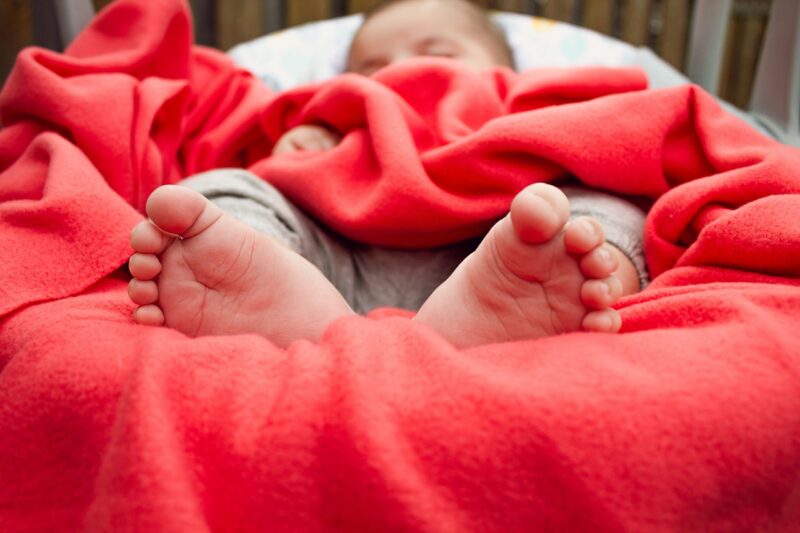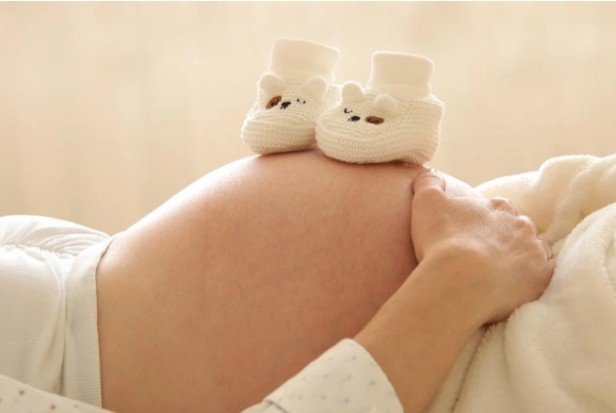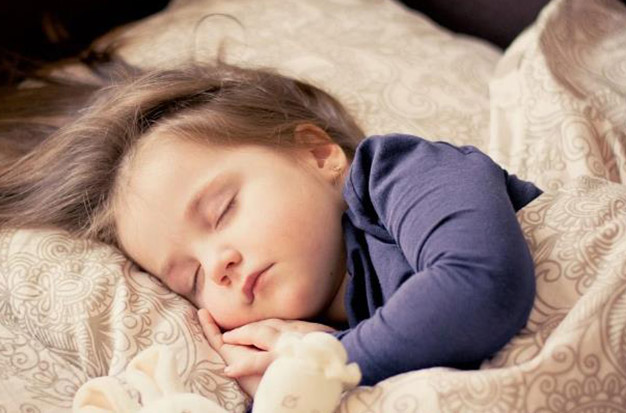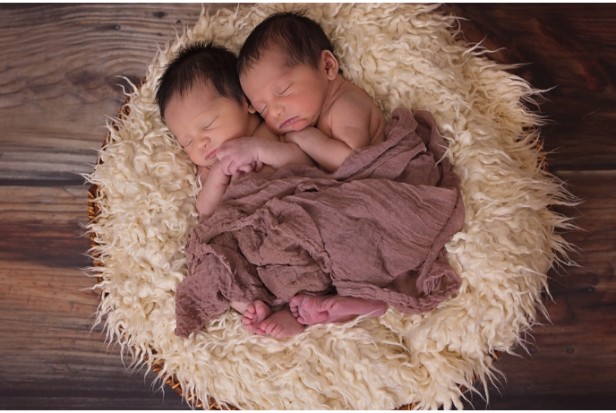Babies may feel cold at night, especially in winter, and this usually manifests as frequent and early risers.
So, what are the signs that your baby is too cold? What is the best room temperature for a baby at night? Let’s look at these questions and more
What Is Too Cold?
According to the American Academy of Pediatrics (AAP), the normal body temperature for an infant is between 97.5 and 100.4 degrees Fahrenheit, as infants typically have higher body temperatures than older children.
If your baby’s temperature falls below 97.5 degrees Fahrenheit, her body has to work harder to regulate her body temperature, causing energy levels to drop. Premature and low-birth-weight babies are especially prone to colds quickly. If your baby’s temperature falls below 95 degrees Fahrenheit, the temperature will also begin to drop. In this case, call your pediatrician right away or take your baby to the emergency room.
What Should My Baby’s Temperature Be?
A baby’s normal body temperature is considered a rectal reading — the most accurate way to measure a baby’s temperature — between 98 and 100.3 degrees Fahrenheit; a temperature of 100.4 degrees Fahrenheit or higher is considered a fever.
When a baby’s temperature is outside the normal range, it can be a sign of illness, so it’s best to talk to a pediatrician, especially if other symptoms like a stuffy nose, sore throat, or cough persist.
Armpit readings are on average 1 to 2 degrees lower than rectal readings, and oral readings with a pacifier thermometer are usually about half a degree lower than rectal readings. If your baby is less than three months old and needs urgent care with a fever of 100.4 degrees Fahrenheit or higher on a rectal thermometer, you need to call your pediatrician right away.
What Is The Right Room Temperature For Babies?
you don’t want the room to be too hot or too cold. Generally, if you think the room is too cold, so will your baby, and if you think the room is too hot, so will your baby.
That said, it’s a good range to keep temperatures between 68 and 72 degrees Fahrenheit during summer and winter. When the room is too hot, studies have shown it increases a baby’s risk of developing SIDS; when it’s too cold, it’s easy for babies to feel uncomfortably cold and wake up unnecessarily.
It’s best not to put extra heaters or air conditioners in your child’s room. Fans, on the other hand, help circulate the air and even reduce the risk of SIDS.
If your baby was born prematurely, you may want to set the thermostat to around 72 degrees Fahrenheit for the first few weeks after bringing him home from the hospital, as premature babies are slower to regulate their body temperature.
Also, if premature babies are too cold, they may burn too many calories when warming up, which is not a good thing when weight gain is so important to their overall health.
5 Signs Your Baby Is Too Cold
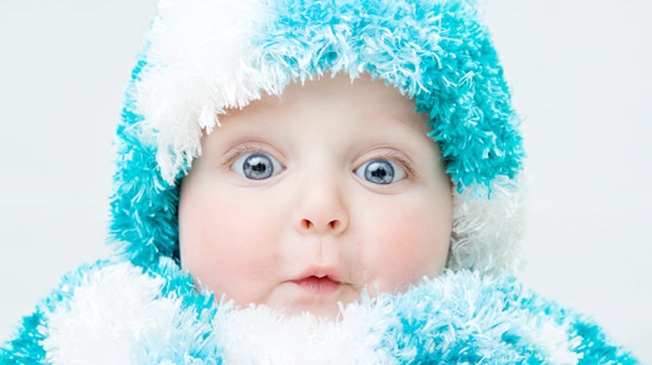
- 1. Their hands and feet feel cold
While this usually isn’t a good reflection of your baby’s overall body temperature, heat is released quickly through the hands and feet, and these are often the most exposed areas. An article in Indian Pediatrics states that your baby’s feet and hands should be as warm as the rest of the body. So, if your baby’s hands or feet feel cold, apply an extra coat just to be safe. Posner said: “If you see spots on your baby’s limbs, hands, or feet that are cold to the touch, then your baby is too cold. You can also feel the back of their neck, and if it’s cold, it could be their Signs of being very cold.” If you’re worried about them while they’re sleeping, see if your child is cold to the touch while they’re sleeping. This can be a good layering indication.
- 2. Pale skin
If you notice your baby’s skin is paler than usual, it could mean they’re a little too cold
If your baby is cold, their skin may be paler than normal. However, if this is accompanied by inactivity and lethargy, this could be a sign of hypothermia. If this happens, heat them up slowly – wrap them in a blanket, or you can even cover their skin with a blanket. Also, it helps to wear a hat on their head as babies lose a lot of heat from their heads.
- 3. They seem to be picky for no reason
During the cold start, when nothing else is wrong to let you know they’re cold, your baby may make a fuss. If this happens, just add some socks or warmer clothing and your baby will be more comfortable.
- 4. They start to sneeze
When your baby starts sneezing, it’s usually a sign they’re cold. This is due to a response related to the hypothalamus. The hypothalamus is the part of the brain that controls body temperature. This is why babies usually sneeze when changing clothes. This is normal and has nothing to do with them having a cold virus.
- 5. They are quiet
A more dangerous sign of a baby cold is being very quiet, quiet, and lethargic. These are all signs of hypothermia in a baby and should not be ignored because the baby’s body cannot heat properly at this time. When your child is quiet and not moving much, it may mean they are too cold. Bring them into the house and make them skin-friendly on you while wrapping a blanket for both of you.
Summary
Keeping your baby warm at night can help your baby sleep more comfortably and avoid unnecessary waking up. When you think about how cold it feels to sleep, it makes sense that babies will wake up more often if sleeping conditions are too cold. A mom coach will check your sleep environment with each assessment to make sure the baby’s space is the best space to connect the sleep cycle.
